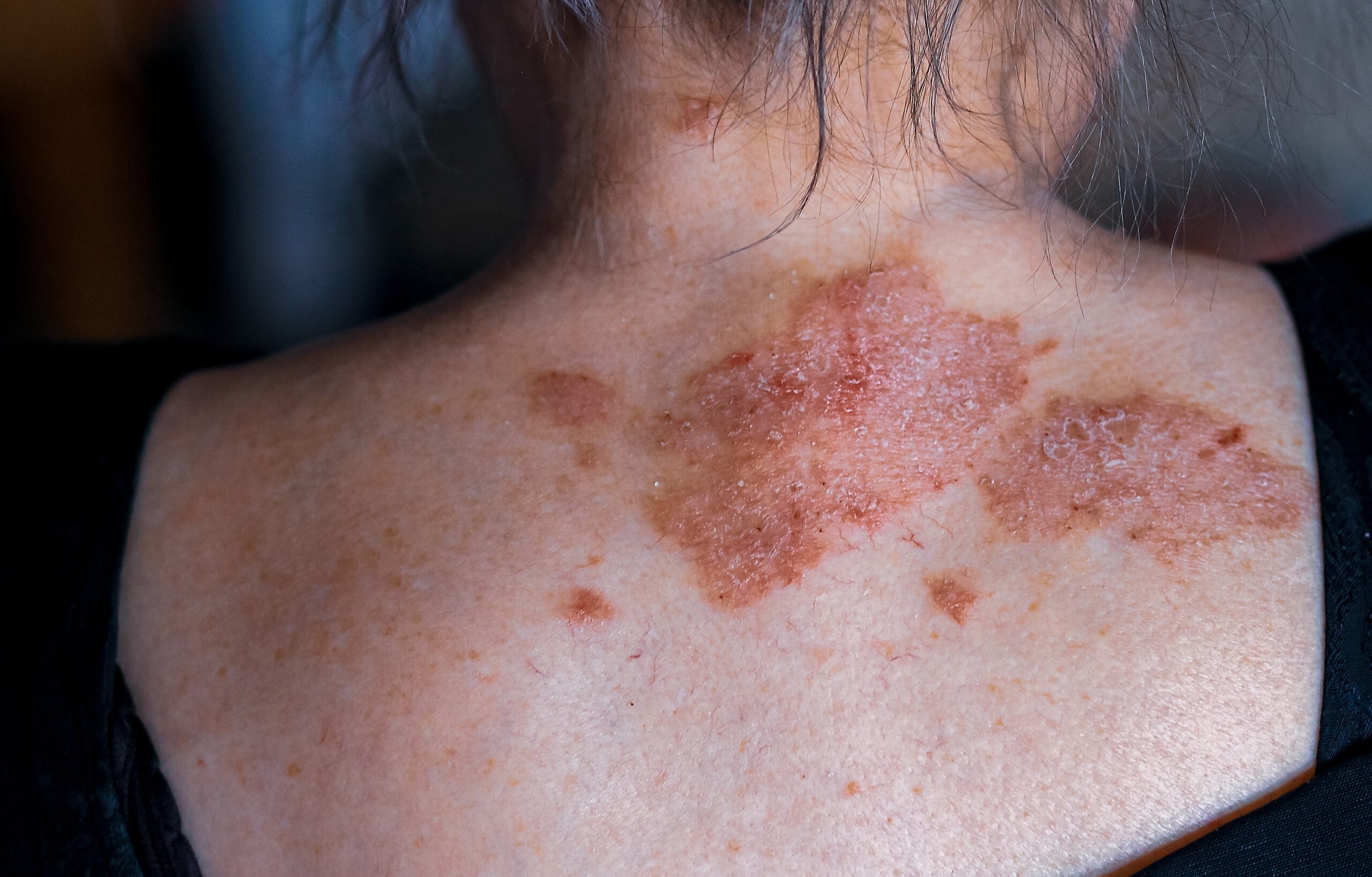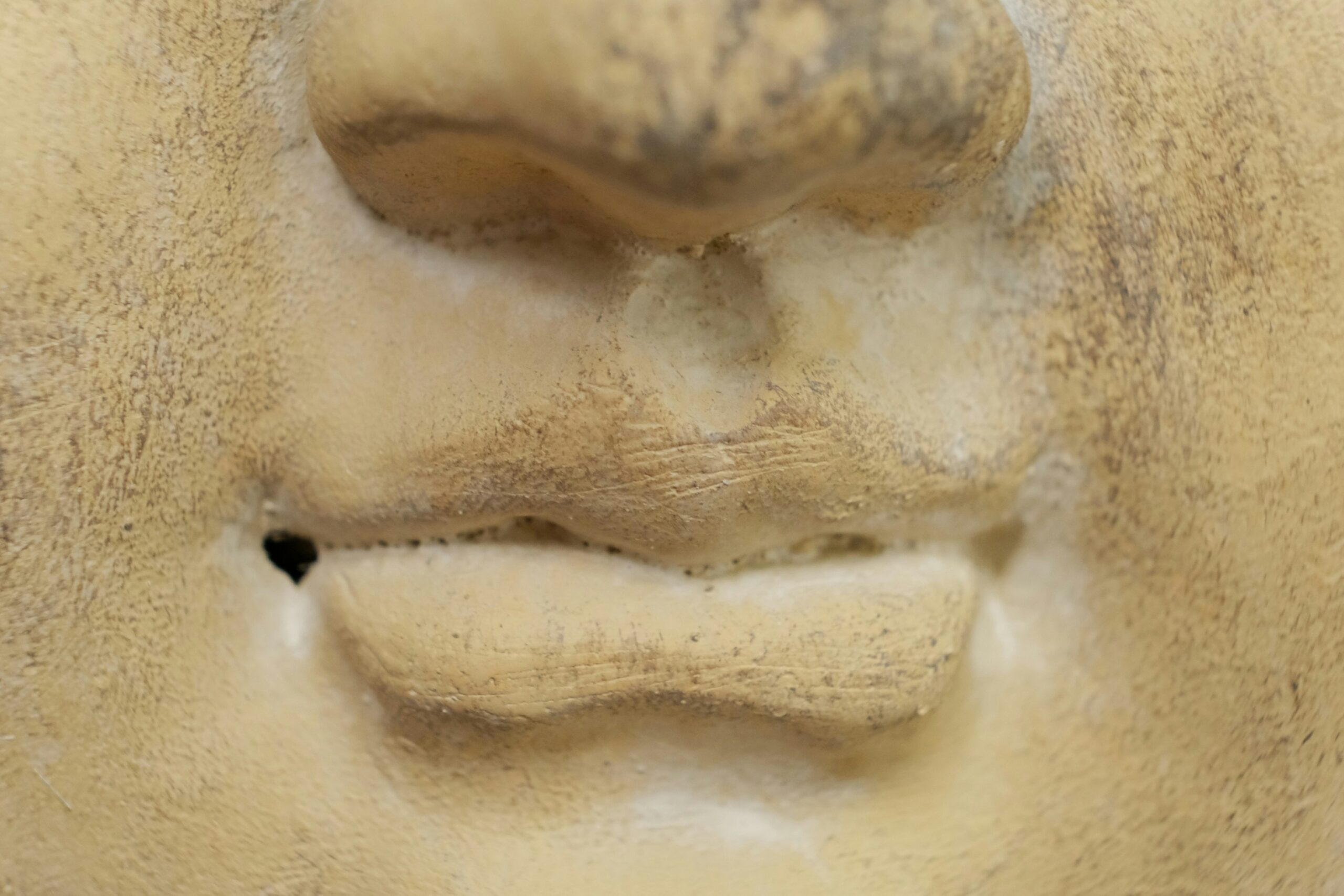Chronic urticaria is a persistent skin condition characterized by the daily presence of itchy weals that continue for more than six weeks. It may present in two main forms—chronic spontaneous urticaria, which appears without a known external trigger, and chronic inducible urticaria, which arises in response to specific physical stimuli. These two forms may also coexist in the same individual, complicating both diagnosis and treatment.
This condition affects both children and adults, though chronic inducible urticaria is generally more common than the spontaneous form. Adults with chronic urticaria are more likely to have other atopic conditions such as asthma, allergic rhinitis, and atopic dermatitis, whereas in children, the presence of these related conditions appears to be no more frequent than in the general population. Chronic spontaneous urticaria impacts an estimated 0.5% to 2% of people, with a higher incidence among women in some studies. There are also known associations with autoimmune disorders and genetic predispositions.
At the heart of chronic urticaria is the activation of tissue mast cells and circulating basophils, which release a cascade of chemical mediators such as histamine, cytokines, and platelet-activating factor. These mediators prompt the dilation of blood vessels and the leakage of fluid into surrounding tissues, giving rise to weals. Bradykinin, another mediator, contributes to angioedema in some cases. The exact mechanisms underlying chronic urticaria remain under study, with hypotheses implicating the immune system, arachidonic acid pathways, coagulation mechanisms, and potential genetic mutations. Newer therapies targeting interleukins, such as IL-4 and IL-13, are also being explored.
Chronic spontaneous urticaria is mostly idiopathic, though around half of patients show autoimmune markers, particularly IgG autoantibodies targeting IgE or its receptor. Infections such as Helicobacter pylori and chronic conditions like lupus, thyroid disease, and coeliac disease have also been linked to its development. Certain stimuli, including heat, tight clothing, viral infections, and certain medications or food additives, may aggravate symptoms in these individuals.
Chronic inducible urticaria, on the other hand, is triggered by identifiable physical stimuli. These may include pressure on the skin, temperature extremes, sweating, sunlight, water exposure, or even vibration. Each subtype has its own unique presentation. For example, dermographism is marked by linear weals following minor skin trauma, while cold urticaria presents with diffuse wealing and, in extreme cases, may cause fainting when large areas of skin are exposed to cold water.
Clinically, urticaria is defined by transient weals—raised, itchy welts that can vary in size, shape, and location. These may last a few minutes to several hours but resolve within 24 hours, only to recur elsewhere. Weals are often red or white and may appear in clusters or as large patches. Angioedema, which can accompany urticaria, involves deeper swelling, particularly around the eyes, lips, hands, feet, and genitalia. Chronic urticaria can be particularly frustrating due to its unpredictable nature and frequent recurrence.
For assessing severity, clinicians may use tools such as the Urticaria Activity Score over seven days (UAS7), where scores range from 0 to 42 based on the number of weals and intensity of itching. A score of 0 indicates no symptoms, while a score of 3 in each category signifies numerous weals and intense itch. In addition to physical symptoms, chronic urticaria significantly impacts quality of life. Sleep disturbances, emotional stress, and social withdrawal are common, and assessments like the Dermatology Life Quality Index (DLQI) and the CU-Q2oL questionnaire are useful in capturing these effects.
Some individuals with chronic spontaneous urticaria may also experience systemic symptoms, including fatigue, headache, joint discomfort, gastrointestinal upset, flushing, or palpitations, further complicating their clinical picture.
Diagnosis of chronic urticaria relies primarily on a thorough history and physical examination. In cases of inducible urticaria, diagnostic confirmation can be achieved by replicating the triggering stimulus—for instance, applying an ice cube to the skin in suspected cold urticaria. For spontaneous cases, routine lab work may include complete blood counts, inflammatory markers like ESR or CRP, liver and renal function tests, and thyroid function tests. If an underlying systemic disease is suspected, additional investigations for autoantibodies, tryptase levels, *H. pylori*, or inflammatory syndromes may be warranted.
Treatment begins with second-generation oral H1-antihistamines, such as cetirizine or loratadine. If standard doses prove ineffective, these may be safely increased up to fourfold. Combining multiple antihistamines is generally not more effective. Older antihistamines like promethazine or chlorpheniramine are discouraged due to their sedative and anticholinergic side effects. In pregnant or breastfeeding individuals, second-generation antihistamines remain the preferred and safe choice.
Avoidance of triggers plays a critical role in managing chronic urticaria. Patients should avoid known allergens or substances that worsen symptoms, such as NSAIDs, opiates, and certain food additives. Infections like H. pylori should be treated, and dietary modifications to exclude pseudoallergens may be trialed for a few weeks. Cooling strategies, loose clothing, and protective measures against environmental triggers can also help manage inducible forms.
When symptoms persist despite maximum-dose antihistamines, patients should be referred to specialists. Omalizumab, an anti-IgE monoclonal antibody, is the treatment of choice for antihistamine-resistant chronic urticaria. Other emerging treatments include Bruton tyrosine kinase (BTK) inhibitors like remibrutinib and fenebrutinib, which are still under investigation. While systemic corticosteroids are not recommended for long-term use due to their side effects, short courses may provide temporary relief in severe cases. Interestingly, some studies suggest that low-dose oral corticosteroids may offer lasting remission in autoimmune variants.
The prognosis of chronic urticaria varies. In both adults and children with chronic spontaneous urticaria, approximately 30 to 50 percent achieve remission within three years, and up to 70 percent within five years. However, chronic inducible urticaria tends to be more persistent, with cold and solar urticaria often lasting longer.
Though chronic urticaria is not life-threatening, it can be profoundly distressing and disruptive. Early recognition, appropriate management, and a personalized treatment approach can significantly improve outcomes and enhance quality of life for those living with this challenging skin condition.



